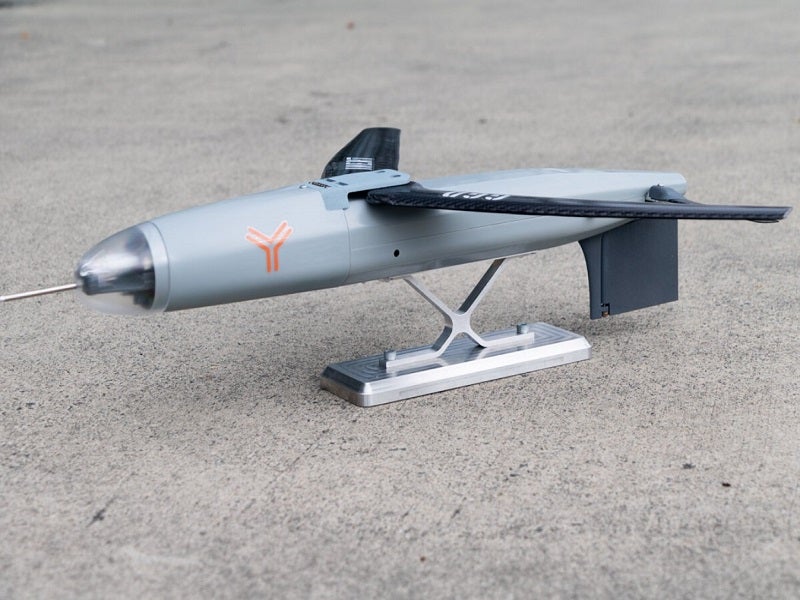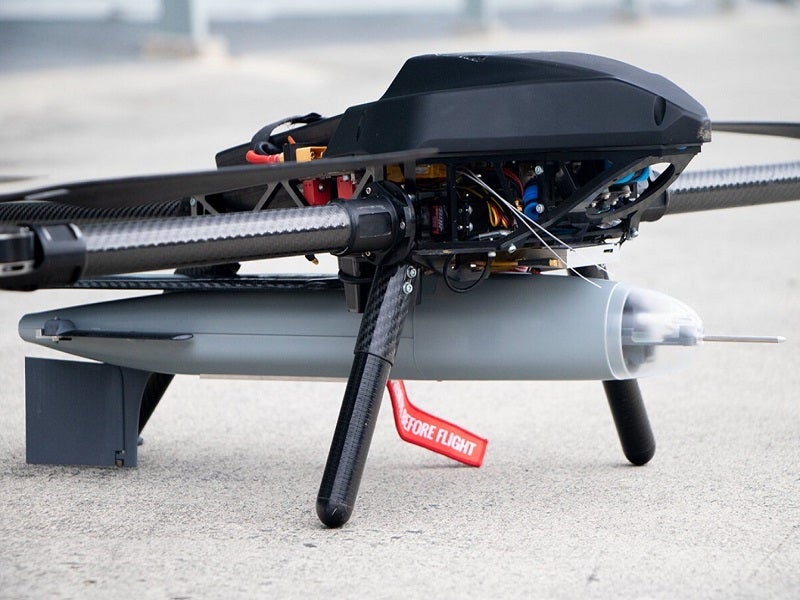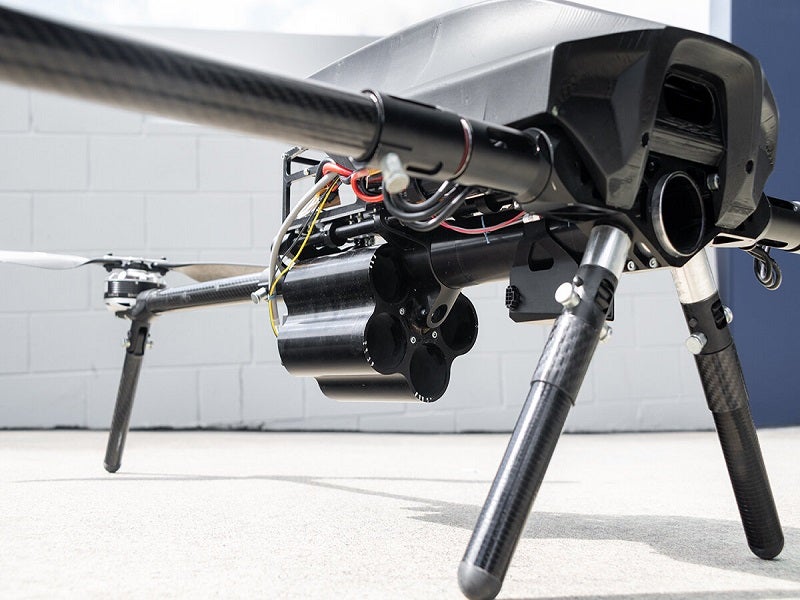The Gannet Glider Drone (GGD) is an air-launched extended-range precision payload delivery drone manufactured by Skyborne Technologies, an Australian manufacturer of high-quality robotic products and software for defence applications.
Skyborne Technologies formally introduced the Gannet glider drone in July 2021. The drone is designed for use as an extension to the Cerberus GLH UAS, which is the primary carrier platform for the drone.
The GGD can be air-launched by manned aircraft, as well as unmanned aerial systems. The Cerberus GLH can carry up to two Gannet drones.
Gannet glider drone development details
The company completed a $2.45m Series A capital funding to advance the development of the target and firing weapon system for the Cerberus GL UAV in April 2019. It had also secured grants from the Queensland state government under the Ignite Ideas Fund, which supports small and medium businesses to commercialise innovative products and services.
Skyborne Technologies received a Sovereign Industrial Capability Priority (SICP) grant of $313,667 from the Australian Government in August 2019.
The initial phase of the GGD programme is nearing completion, while the initial flight trials are scheduled to be conducted in the third and fourth quarters of 2021.
Gannet drone design and features
Gannet is an air-launched drone that can traverse through the air silently. It can be deployed at the dismounted combat level. It can be launched from manned as well as unmanned systems such as the Cerberus GLH UAS.
The drone is a relatively low-cost and scalable solution, which can be used as an air-launch effects system. It offers tactical and operations support while remaining outside the purview of enemy weapon systems and radar equipment. It can provide precision engagement with an accuracy of 1.5m.
The overall length and width of the drone when airborne are 0.57m and 0.64m, respectively. The unmanned system measures 0.12m wide when stowed. It has a launch weight of 1.6kg, while its maximum payload capacity is 0.6kg.
The glide velocity of the drone is between 90km/h and 110km/h, while its terminal velocity is 150km/h. The glide ratio of 10:1 allows superior stand-off distance to the target.
Payloads
The payload bay of Gannet can accommodate various payloads, including electronic warfare systems, communication nodes, parachutes, and ordnance. It gives the drone a modular payload-bearing capability.
The drone can carry and launch non-kinetic or kinetic mission payloads against multiple threats.
Gannet glider drone’s mission capabilities
The optionally radio frequency (RF) silent characteristics ensure fire and forget capabilities to Gannet, enabling it to perform stealth operations. The drone can offer better resilience to electronic warfare (EW) equipment, providing it high operational capability.
A high-grade micro electro-mechanical system (MEMS)-based inertial navigation system (INS) and advanced filtering allow the drone to operate in GPS-denied environments with minimal loss of precision.
The GGD can be deployed either as a single unit or as a swarm of multiple units for delivering synchronous effects. The number of drones to be deployed can also be determined as per the mission requirements.
Navigation and control
The GGD can be controlled by a flight control computer with a graphic processing unit (GPU), which also supports the integration of a seeker in the future.
Powered by artificial intelligence (AI), the seeker will enable the drone to terminate a particular mission based on changes in collateral damage estimates.
The drone also alters its mission profile if collateral damage computations fail to comply with the pre-fed rules of engagement.










